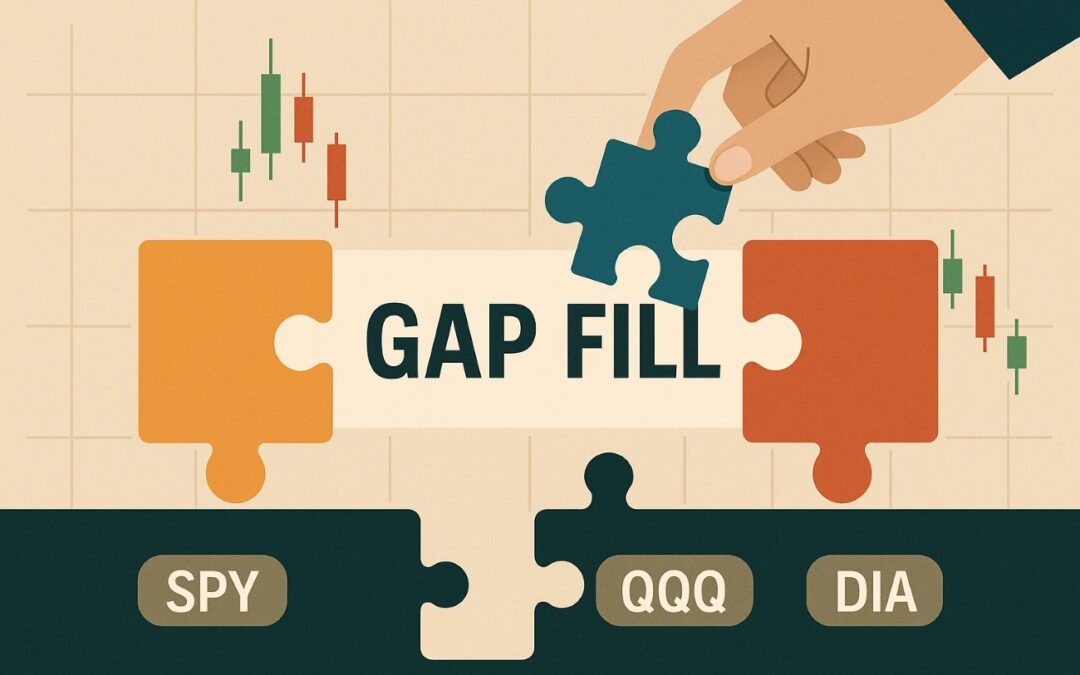See how I target $100 a day every day before breakfast — LIVE at 11 AM ET
Covered calls are kind of boring. But they don’t have to be.
Let’s look at how to sell covered calls for beginners using generally cheap stocks that fit the profile for this type of income-generating trade…
If you’re holding a stock like AST SpaceMobile (ASTS), Global X Copper Miners ETF (COPX), Lyft (LYFT), MGM Resorts (MGM) or Robinhood (HOOD), you’re not exactly looking for dividend income and slow capital appreciation.
You’re holding volatile names — either speculative or cyclical — with the goal of catching a big move.
But if that move doesn’t come right away, there’s no reason to let your capital sit there and do nothing. That’s where the covered call can help you get paid to wait — as long as you do it smart.
Pick Strikes That Match Your Intent
For a name like ASTS, which trades like a biotech despite being in the satellite space, I’m not going to write calls at the money. That’s asking to get called away too soon — especially if a short squeeze or news-driven pop shows up.
Instead, I want to go out 30 to 45 days and sell strikes at least 20% to 30% above current price. Collect some premium, protect the upside, and if the stock explodes higher — fine, it gets called away and I recycle into something else.
Same story with COPX. It’s an ETF, but it trades with a lot of juice when copper prices start trending. If I’m long, I’m bullish on the metal — and I don’t want to cap the upside too tightly.
A covered call here might mean selling a 5 to 10 Delta option out a month, ideally after a few green days when IV has expanded.
Use Volatility to Your Advantage
HOOD and LYFT are premium-rich tickers. Both are highly shorted, both attract speculative flows, and both have enough liquidity to make option pricing attractive.
That’s exactly what I want when selling covered calls. The key is not selling them when everyone’s bearish. I want to sell calls into strength — ideally after a run-up or a bullish news cycle.
That’s when call buyers are most willing to overpay, and that’s when you get the edge.
MGM’s a little different. It’s more of a cyclical recovery story tied to travel and leisure — which means it’s subject to macro headlines. If I’m holding shares, I’m likely doing it for a combination of income and rebound potential.
That makes MGM a good candidate for a monthly covered call — maybe 5% to 7% out of the money — while letting it grind higher into the summer travel season.
Covered calls aren’t sexy. But on stocks like these, they can offset the chop, reduce your cost basis and put you in a position to profit — even if the big breakout doesn’t happen right away.
The key is managing your risk, keeping the upside open, and knowing when to take the trade off and reset.
You don’t need a 50% rip to make money. Sometimes all it takes is one pop, one expiration, and a little patience.
How to Sell a Covered Call on LYFT — Step by Step
Let’s walk through a real-world example of how I’d execute a covered call on Lyft (LYFT). Nothing complicated here — just a clean, mechanical process that works when you stick to it.
Step 1: Own at Least 100 Shares
First things first — you can’t sell a covered call unless you own the shares. So if you don’t already hold at least 100 shares of LYFT, you’ll need to buy them. Let’s say the stock is trading around $17. That means you’re committing about $1,700 in capital. This is a trade that ties up cash, so make sure you’re OK holding the shares if nothing happens.
Step 2: Pick Your Time Frame
I like 30 to 45 days to expiration. It gives you enough time to collect decent premium, but not so much that you’re locked into dead capital. Let’s go with a 35-day expiration — that’s a sweet spot for balancing time decay and flexibility.
Step 3: Choose a Strike Price
Here’s where intent matters. If LYFT just ran 10% in two days and IV is pumped, I want to take advantage of that. I’ll look to sell a call strike maybe $1 to $2 above current price — something around the $18.50 or $19 level.
That’s about 5% to 10% out of the money, which gives me upside room in case LYFT keeps running. And if it doesn’t? I still keep the premium.
Step 4: Sell the Call
Pull up your trading platform. Go to LYFT’s option chain. Select the expiration you want — say, 35 days out — and find the $19 call. Check the bid-ask spread. If the bid is 55 cents and the ask is 65 cents, I’ll try to meet in the middle and sell it for 60 cents.
That’s $60 in premium for every 100 shares. If LYFT stays below $19 by expiration, that $60 is mine to keep and I can do it again next month.
Step 5: Manage the Position
Once the call is on, I monitor two things: the stock price and the time decay. If LYFT rips higher and goes through my strike, I can either roll the trade — buy it back and sell a new call further out — or let the shares get called away and take the profit.
If LYFT trades sideways or drops a bit, I let the call decay. Once I’ve captured 75 to 90% of the premium, I’ll consider closing the trade early and reloading a new one.
That’s it. Five steps. No guesswork, no emotion. Sell premium, protect upside and repeat the process until something better shows up. Covered calls aren’t flashy — but they work when you work them.
I’ll see you in the markets.
Chris Pulver
Chris Pulver Trading
Follow along and join the conversation for real-time analysis, trade ideas, market insights and more!
-
- Telegram:https://t.me/+av20QmeKC5VjOTc5
- YouTube:https://www.youtube.com/@FinancialWars
- Twitter:https://x.com/realchrispulver
- Facebook: https://facebook.com/therealchrispulver
Important Note: No one from the ProsperityPub team or Chris Pulver Trading will ever contact you directly on Telegram.
*This is for informational and educational purposes only. There is inherent risk in trading, so trade at your own risk.
P.S. Can You Really Target $100 a Day BEFORE Breakfast?
Discover the secret to targeting consistent payouts in ANY market…

Every day is a new opportunity for this “morning master.” No matter what direction the market is moving, this clear signal has delivered an 89% win rate.



